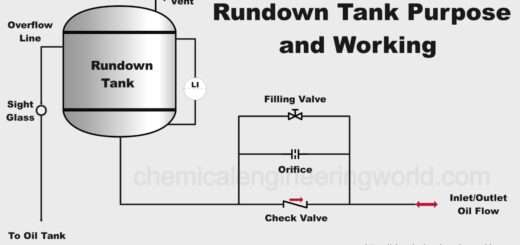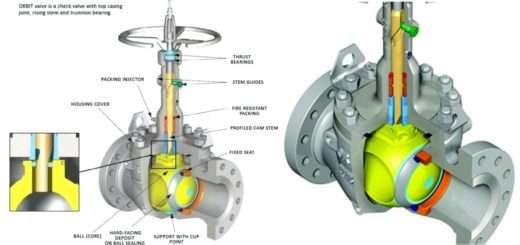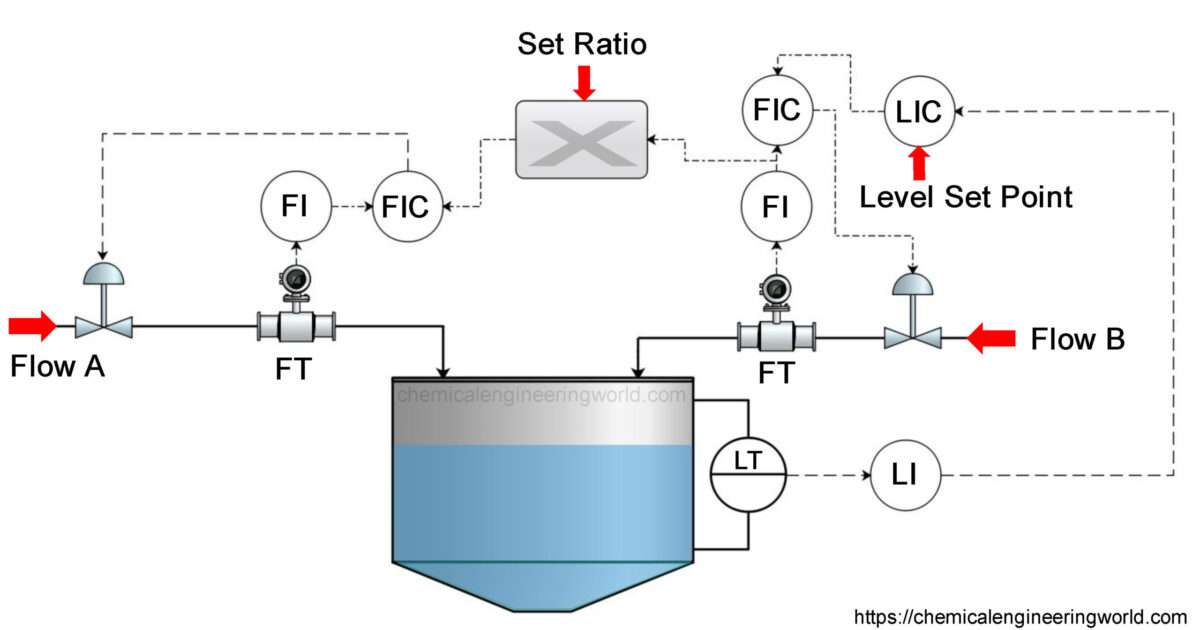Hafnium Element Properties and Information

Hafnium Element Properties and Information
Hafnium is 72nd element on the periodic table. Elements are arranged in the periodic table on the basis of the atomic number. Atomic number is the number of protons in the nucleus of the atom. Hafnium has an atomic number of 72. It is located in the Group 4 and Period 6 of the periodic table of elements. It is denoted by ‘Hf’. Its name is derived from the Latin name for Cophenhagen, ‘Hafnia’.
George Charles de Hevesy and Dirk Coster are credited as discoverers of Hafnium. They found it in a Zirconium mineral in 1923. They went on to analyze many zirconium minerals from different sources and found that each contained at least 5% of zirconium. Thus hafnium-free zirconium allowed calculating its true atomic weight. The concentration of hafnium is 5.8 ppm in Earth’s crust. Hafnium is not found as a free element in nature, it is usually found combined with zirconium in a solid solution. The zirconium minerals contain around 5% of hafnium.
Physical Properties
- Hafnium is a lustrous silvery-gray ductile tetravalent transition metal.
- The atomic mass of hafnium is 178.49.
- The melting point of hafnium is 2200°C.
- The boiling point of hafnium is 5200°C.
- The density of hafnium is 13070 in S.I. units at 20°C.
- Hafnium exists in two forms; the hexagonal close-packed structure changes to body-centered-cubic at 2388K.
- Hafnium and zirconium are quite similar chemically hence they are difficult to separate. A marked difference between them is seen in density, zirconium is lighter than hafnium and is about half of its density.
- Zirconium has 5 stable isotopes, and in total there are at least 34 known isotopes.
Chemical Properties
- Hafnium corrodes to form a protective layer, that layer prevents further corrosion.
- Hafnium is easily attacked by acids.
- Hafnium gets oxidized in halogens.
- The metal is resistant to concentrated alkalis.
- Hafnium and zirconium have such similar chemical properties that they cannot be separated via chemical reactions. Melting & boiling points and solubility are exploited for separation.
Methods of Production
- Crystallization: Fractional crystallization of ammonium fluoride salts is used for industrial production.
- Distillation: Fractional distillation of ammonium chloride salts, this method is not suitable for industrial production.
- Kroll Process: Hafnium(IV) chloride is obtained as an end product of zirconium refinement. The hafnium metal is obtained after reduction with sodium or magnesium.
Relevance in Chemical and related Industries
Alloys: Hafnium is combined with nickel, titanium, niobium, iron, tantalum, etc. Even the addition of small amounts of hafnium causes increase in the adherence of protective oxide layer thus improved corrosion resistance of the alloy.
Relevance in Other Industries
Neutron reactors: Hafnium has excellent mechanical properties which can be used in harsh environments; also, its neutron capture ability makes it a good material to be used in control rods. Its neutron capture ability is 600 times that of zirconium.
Health Effects on Exposure
Toxicity: The hafnium compounds are toxic and should be handled with care but hafnium metal itself is non-toxic.
Effects on Surroundings
Hafnium present in environment poses no threat to plants and animals.
References:
https://en.wikipedia.org/wiki/Hafnium
https://www.lenntech.com/periodic/elements/hf.htm
https://www.rsc.org/periodic-table/element/72/hafnium
































